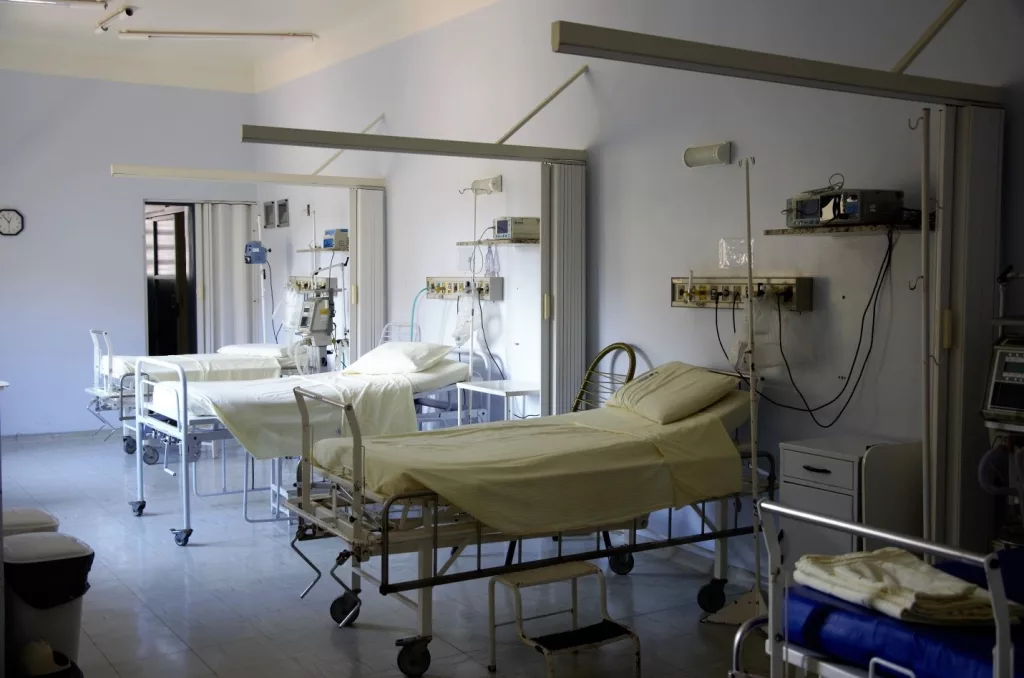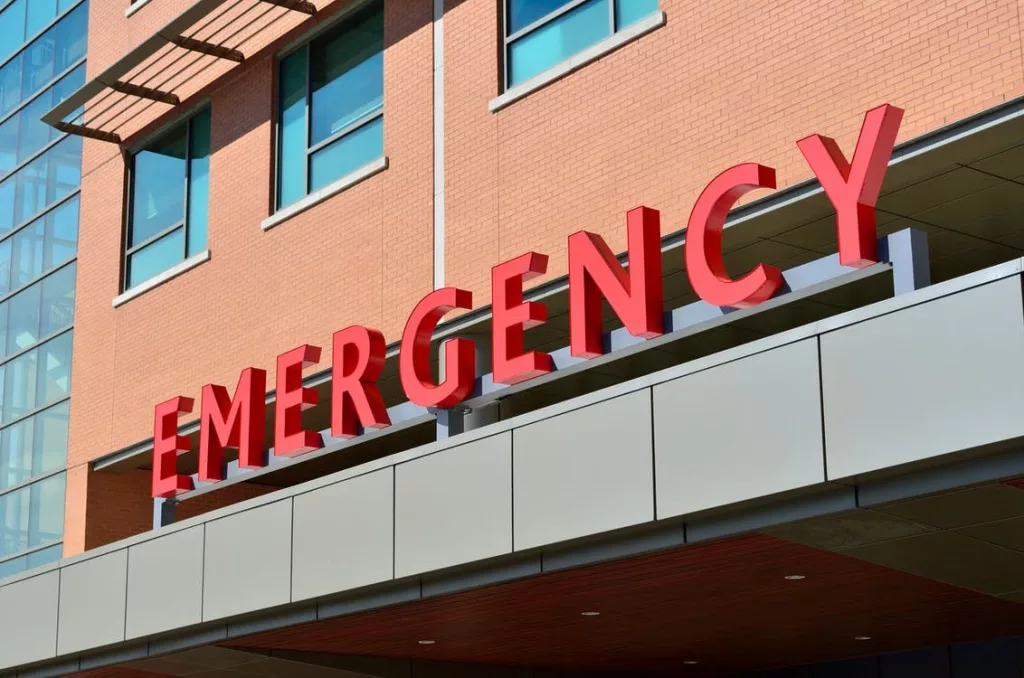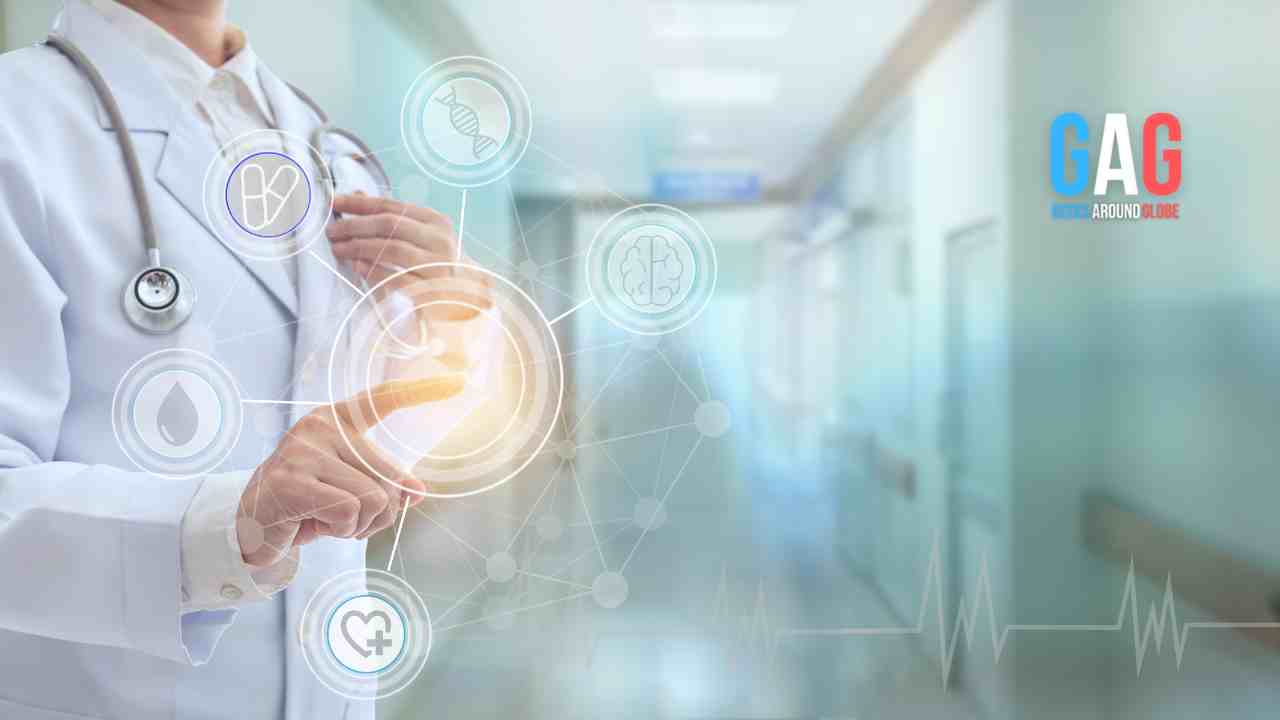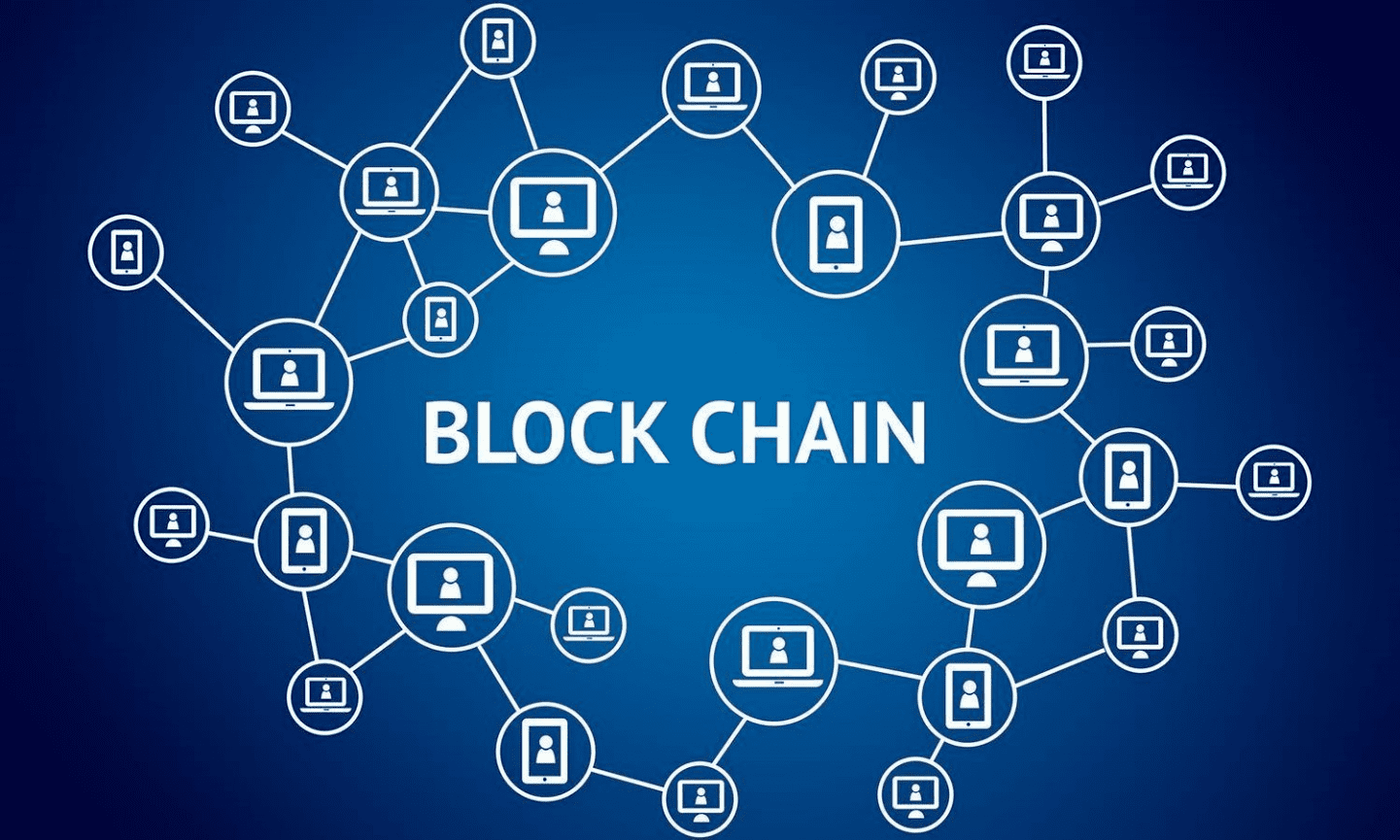
RTLS technology is a relatively new addition to the world of healthcare. It stands for “real-time locating system,” and it involves positioning technologies that monitor and track tagged objects in real-time. RTLS works through radio frequency identification (RFID) tags or other types of sensors. These tags or sensors are attached to items that need to be tracked, such as medical instruments or instruments used in surgical procedures. Data about where these objects are can then be sent to a central database, where it can be accessed by those who need it.
The RTLS (Real-time Location System) has proven to be a powerful tool in the healthcare industry, especially in hospitals and clinics. Hospitals can now improve patient safety and increase productivity by making the most out of this technology.
Keep reading to learn more about RTLS.
Why RTLS Stands Out
Enhance the better flow of information
If you are wondering how to improve patient flow in hospitals, RTLS is a game changer. From time immemorial, hospitals have used RTLS to track their patients, which has allowed them tocreate a better flow of information between departments and enabled patients to receive more specialized treatments. This is made possible through the use of barcode stickers that are attached to each patient’s medical records in order to be scanned throughout their stay.
With these tags, nurses can easily scan and identify patients before administering medications or starting procedures, thus reducing death rates from medication errors. RTLS also allows hospital staff to ensure that each patient is properly accounted for during an evacuation or relocation process, increasing their safety and decreasing the number of deaths caused by human error.
Boost productivity

The use of RTLS systems has likewise contributed greatly to improving hospital productivity by reducing non-patient-related delays, such as waiting for supplies or materials to become available. This was made possible by giving priority access to supply carts and delivery vehicles so they could reach where they needed to go on time while tracking inventory levels at all times.
Real-time tracking
Hospital RTLS technology allows real-time tracking of moving objects, making it easy for facilities to ensure that all their assets are safely stored and accounted for at any given time. This helps in reducing errors that can be caused by misplacement or theft. RTLS technology thus helps keep track of stock rotation, which plays an essential role in managing inventory and cutting down on wastage.
Patient safety
RTLS technology helps keep patients safe. To ensure this, hospitals and clinics need to ensure that their systems are as efficient as possible. This means that they need to ensure that they have a reliable network between different parts of their facilities and different locations within each facility. If there is any failure in communication between these areas, it could lead to accidents or even worse injuries for patients or staff members working in those areas.
Save money
Tracking patients can save money for hospital administrators. As patients move through the hospital, they can be monitored using RTLS technology. This allows the administrators to know where their patients are at all times, reducing the number of instances where a patient gets lost or misplaced. In addition, RTLS technology helps reduce the amount of time it takes for a patient to find what they need because it helps reduce waste from having too many staff members being on duty at one time and going out of their way to try to find a patient when they may not have to.
Improve patient experience
Hospitals and clinics should focus on improving the patient experience, which is what RTLS technology is all about. It provides accurate information about patients, including vital signs, allergies, and medical history, allowing staff to treat them more effectively. This also allows nurses and other caregivers to spend more time with each patient, which means they can provide better care overall.
Asset management
Asset management is a critical benefit of an RTLS system. It helps hospitals and clinics track their assets and ensure they are being used efficiently. With an RTLS system, it is possible to record the location of each asset at all times so that it can be easily tracked and located if necessary. This can help the clinic or hospital determine where the asset is and if it has been lost or stolen.
Key Takeaway
RTLS technology appeals to hospitals and clinics because it offers them numerous benefits. It can help them save money by reducing waste, thereby allowing them to spend more on patient care and services. It can also help them improve efficiency by helping them better manage their resources and reduce the time they spend looking for misplaced equipment and supplies. RTLS can even help hospitals improve the quality of their care by allowing them to provide more timely treatment for patients and avoid potentially dangerous delays in treatment due to equipment malfunctions or the re-use of contaminated tools.







